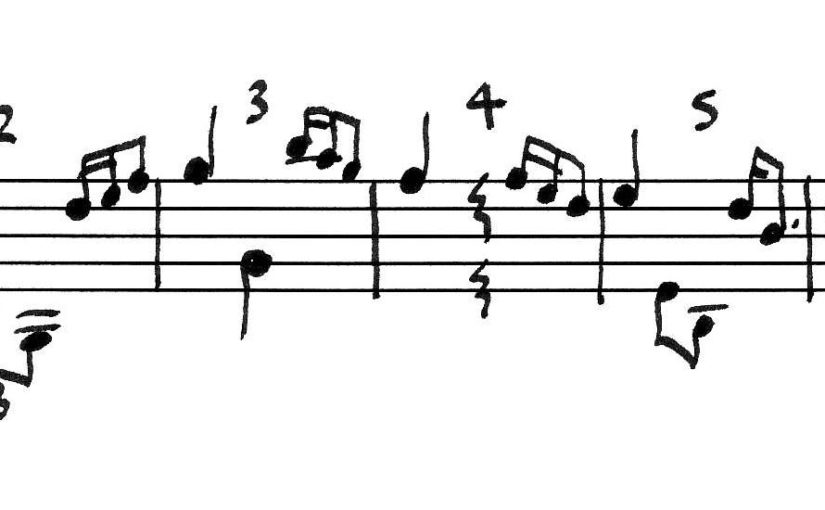Our work to re-discover and/or reimagine the music and playing techniques of an extinct oral tradition has a number of ingredients, and one of these is the physical instrument itself. I put a lot of value on the study of the museum harps, which we know were the actual instruments owned and played by tradition-bearers; for some of them we have the physical instrument, preserved since the death of the performer; we have a portrait of them sitting with the same instrument; and we have live transcriptions of their playing.
Continue reading Ignoring the limits of the instrumentTag: tradition
Denis O’Hampsey as a progressive
Edward Bunting was fascinated by the aged harper Denis O’Hampsey. Bunting visited him in Magilligan in the 1790s, making live transcriptions of O’Hampsey’s playing into his pocket notebook, and much later eulogising him in 1840 as some kind of living fossil, preserving a much more ancient strand of the Irish harp tradition than any of the younger harpers.
harpers listening to bells
I was reviewing my interview with Mícheál Ó Catháin for forthcoming inclusion on his State of the Art interview series, and a comment on my upbringing in the English change-ringing tradition started me thinking about the potential soundscape of change-ringing in the ears of the old Irish harp tradition bearers.
Early Irish harp and modern Irish harp traditions
When I was preparing my talk for Galway Early Music Festival, I came up with a new handout which I gave to the participants and which we discussed in the talk and workshop session.
Continue reading Early Irish harp and modern Irish harp traditions
“Traditional Music in Ireland”
I remember Ben Bagby taking a text describing African mbira players, and using it to get an inspiring description of what medieval harp music might be like. (‘Imagining the early medieval harp’, in A Performer’s guide to medieval music, ed. Ross Duffin, Indiana University Press, 2000, p.340-3)
So today I done the same with this text from Tomás Ó Canainn, Traditional music in Ireland, Routlege and Kegan Paul, London, 1978, p.87-90
The square brackets are where I have removed all the pipe-specific words and terms. In our minds we can insert harp references, so that we can try to read this as a guide to how to play Irish harp. Continue reading “Traditional Music in Ireland”
Gaelic harps in 18th century Scotland
As part of my work to re-connect with the most recent threads of the old Gaelic harp traditions, I have been working a lot on the late 18th and early 19th century Irish tradition-bearers. In some ways that work is easy; we have portraits, we have their harps in the museums, and we have live transcriptions of their playing, both treble and bass.
But what about the Scottish side of the tradition? What do we actually know about the 18th century Scottish harpers? To begin, what do we know about the instruments they were playing?
Left and Right
People have talked for a long time about left and right orientation. Sometimes the question is, why did the old harpers play with their left hand in the treble and their right hand in the bass? And sometimes the question is, what should we do now?






